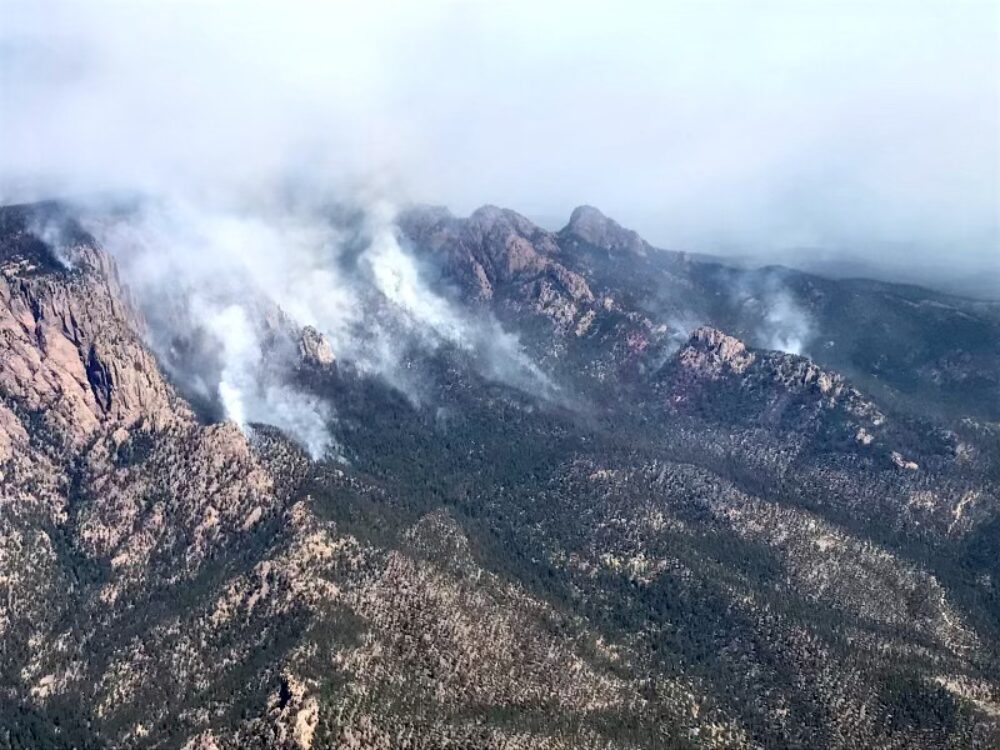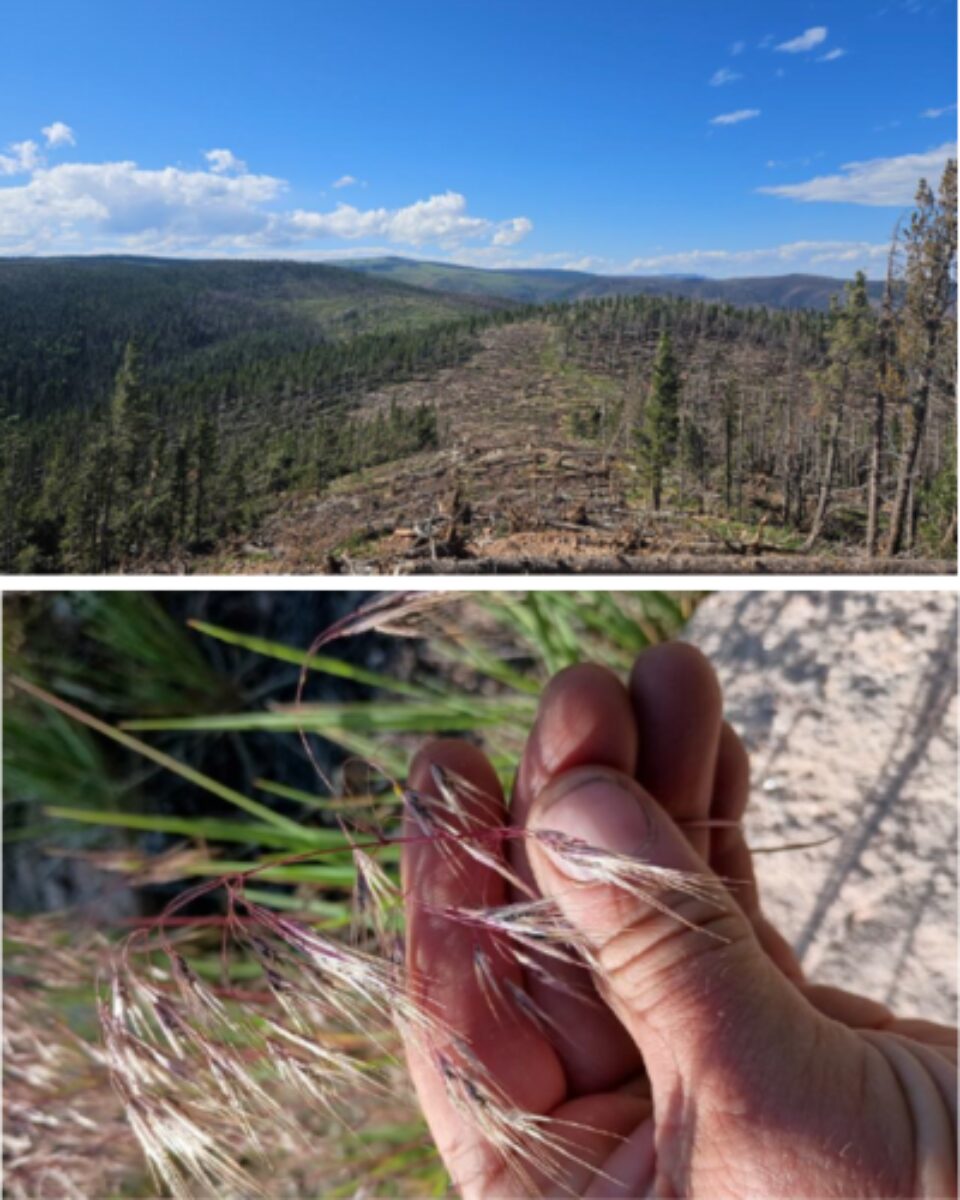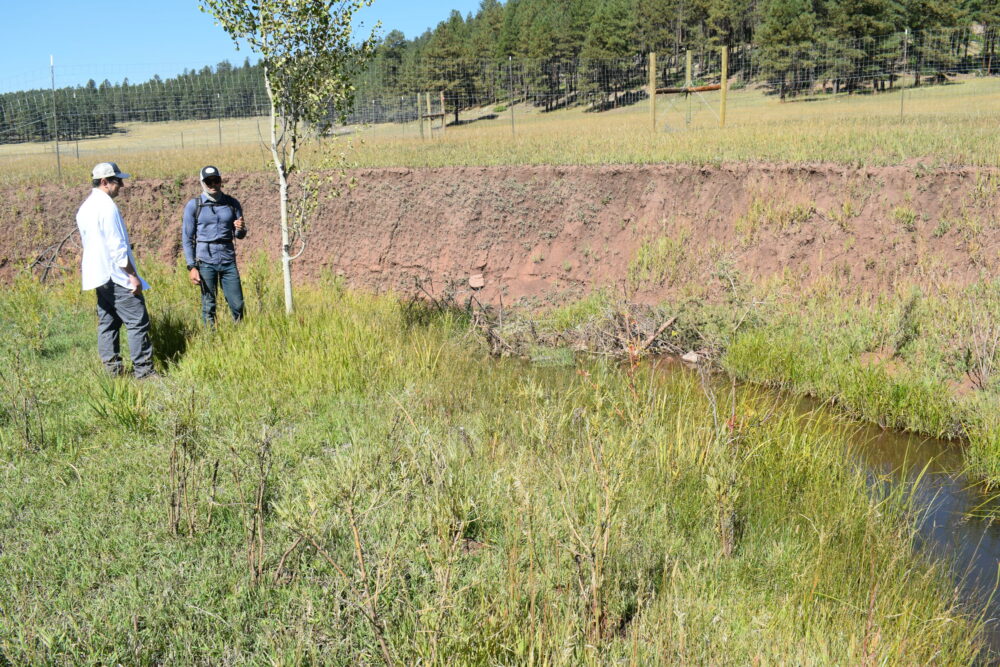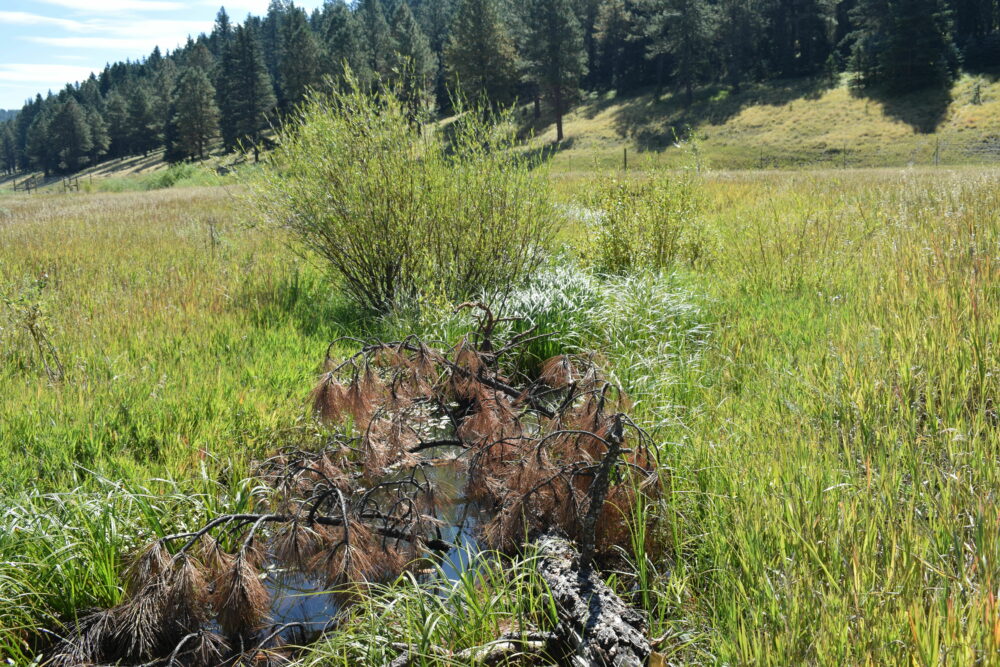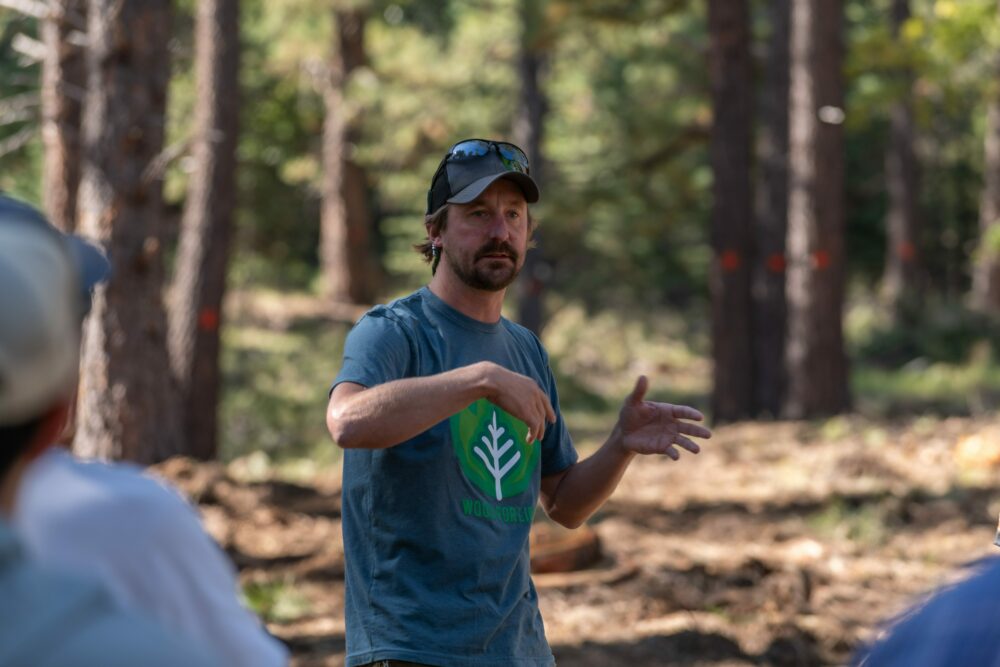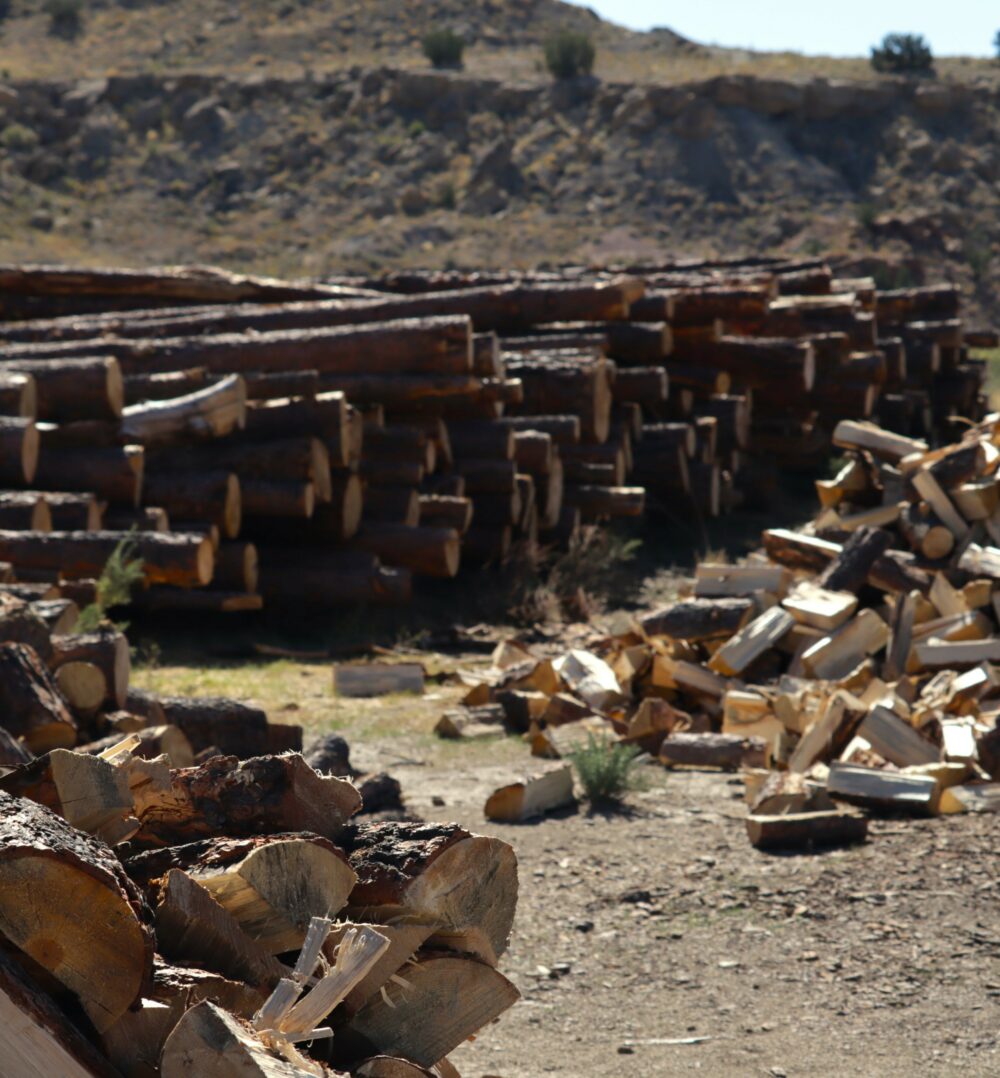For thousands of years, New Mexico has been home to diverse human populations. These people have managed and engaged with their forests, shaping their identities across the landscape.
New Mexico is home to the Gila Wilderness Area, the United States' first designated wilderness area, established in 1924 due to the advocacy of conservation pioneer Aldo Leopold. The five National Forests in New Mexico now provide outdoor recreation opportunities, fuelwood for heating and cooking, food, employment, and clean drinking water to much of the state, including urban areas like Albuquerque, Santa Fe, and Las Cruces.
We envision a future where the stunning natural beauty and abundant resources of our national forests thrive along with the communities that rely on them.
The NFF is working to improve and maintain trail networks, support post-fire restoration and reforestation, implement Wood For Life opportunities, and expand outdoor ethics education on the Santa Fe, Carson, Cibola, Gila, and Lincoln National Forests.



